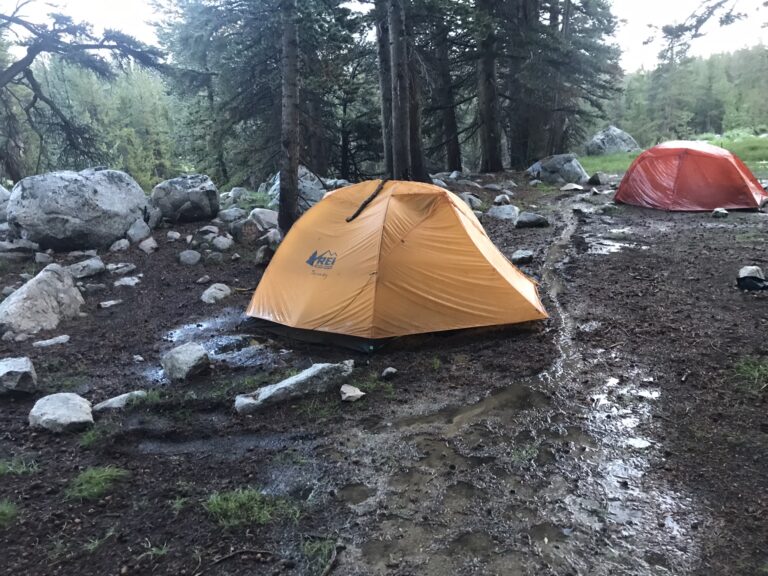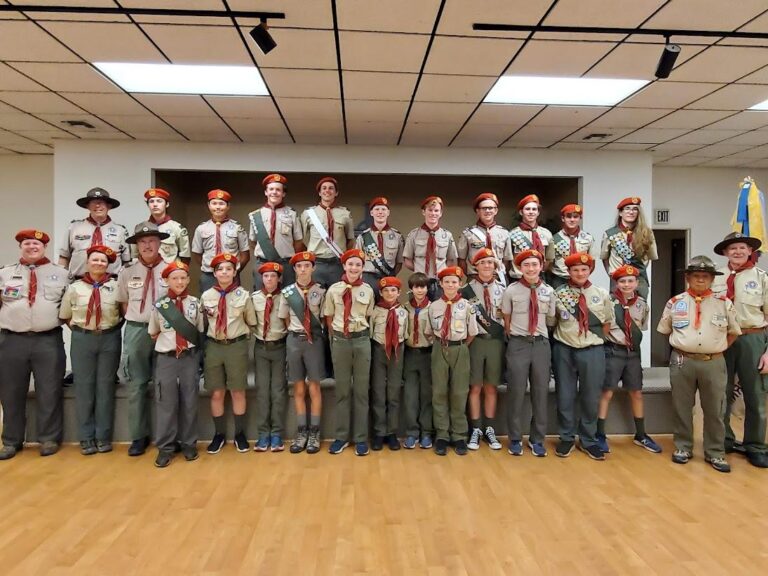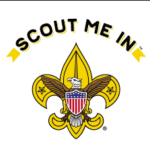Backcountry Hygiene and Sanitation
Keep Hands and Fingers Clean
Much (and probably most) intestinal illness experienced during or after an extended outdoor adventure
is due to poor hygiene, particularly unwashed hands.
Solution:
- Carry a hand sanitizer (available as a gel or as wipes; always pack out wipes). Use them after
bowel movements and before handling food. Very handy for use when you’re on the move or
water is not nearby. - Soap and water are considered by some experts to be a most through hand-cleansing option
because the act physically rubs and rinses away everything from dirt to unseen microorganisms.
But the rubbing action involved with sanitizers may accomplish the same result. - Important: Never use soap directly in a water source.
- Clostridium difficile, a spore-forming bacterium sometimes found in fecal matter, is resistant to
sanitizers and requires hand washing for removal.
Keep Soap Far from Lakes and Streams
Soap residue contains nutriments that can spur algae growth in otherwise pristine water, and algae can
spawn populations of disease-causing microorganisms. It’s a problem that’s on the increase, according
to backcountry water researcher.
Solution:
- Bring a lightweight portable sink and carry bathing water far (at least 200 feet, preferably more)
from a water source. - Sanitizers (gels or wipes) offer an alternative to soap. (Again, always pack out wipes.)
- If you prefer soap, use mild, basic or biodegradable style.
- NEVER lather up directly in a lake or stream.
- Pour gray water on dirt; soap residue can potentially interfere with lichen growth on rocks.
Microorganisms in soil, meanwhile, effectively combat soap residue. - Considering carrying a lightweight, fast-drying, made-for-the-trail pack towel.
Soap versus Sanitizers
Scrubbing with soap and water is your best choice for cleanliness. When speed and convenience are
vital, sanitizers offer a handy option.
- The mechanical action of scrubbing with soap and water, including rinsing, flushes material off
your skin. - Sanitizers (disinfectants) kill microorganisms on skin, though they don’t necessarily rinse them
off skin. Their effectiveness as a disinfectant may be tied to the quantity used or a length of
contact time. Follow instructions on individual products. - As stated previously, dispose of soapy water on soil or lichen-free rock far from any lake, river
or stream, at least 200 feet away, preferably more.
Evaluate Water Sources
Any adventurer should always be equipped with a treatment method for any situation where water is
viewed with suspicion.
Some danger signs:
- Water (particularly lower-elevation water) near meadows or pastures where animals have grazed.
- Evidence of pack animal traffic or other domesticated animal activity.
- Sing of sloppy human behavior or a prolonged human visit.
Dispose of Human Waste in Accordance with Local Guidelines
It’s not a popular chore, but after one run-through most people find that it’s a manageable task. Here’s
the typical process:
- Move 200 feet (at least) from a trail, campsite or water source.
- Find a patch of organic soil (darker soil where plants and trees flourish); use a trowel to dig a
hole 6 to 8 inches deep. - Pack out toilet paper in a sealable plastic bag if required.
- Cover the feces with dirt and refill the hole. Place a rock or large branches atop the space to
discourage critters from digging it up. - Some high-elevation or heavily traveled areas require people to pack out solid human waste.
Often people are instructed to use sealed, double-layer containers known as WAG bags to
transport waste. Always check with rangers for regulations regarding waste disposal in areas you
explore. - How to properly urinate? Standard advice suggests aiming for bare rock and avoiding vegetation,
keeping plants free of urine’s salt content (which appeals to marmots and other animals). Other
options point out that urine is sterile, and that fauna indiscriminately urinate on backcountry
vegetation. Thus, other than doing well away from a trail or campsite, urine merit no special
treatment. But it is not appropriate to urinate into a stream, lake or landlocked body of rater.
Maintain a Clean Camp
Ideally, a campsite should be a previously impacted area with the following attributes:
- The sleeping surface should be on mineral (inorganic) soil 200 feet (or more) from a water
source. - Human waste and wastewater should be deposited at least 200 feet from the campsite (preferably
in different locations) and even father from the water source.
Recipe of the Month
Pigg’s Ass Chili (Serves 4)
1 lb. diced pork (2) 15 oz. canned stewed tomato
1 medium onion, diced 2 cloves garlic, chopped
4 oz. green chilies, fresh or canned Salt, and pepper to taste
1/2 c. cheddar cheese, optional 1/3 c. water
1 Tbsp. flour
Cube and brown the meat in a skillet. Drain excess grease.
Add onion and brown lightly. Add flour and brown. Add water, stewed tomato, green chili, garlic and
spices.
Simmer for 20 minutes. Spread cheese over top. Let melt and serve.
Serve with French or Sourdough bread.
Chilly Night Chili (Serves 4)
1 lb. ground beef
1 onion, chopped
2 cans kidney beans
1 can diced tomato
1/2 tsp. salt
1 Tbsp. chili powder
8 oz. shredded cheddar cheese
Sliced olives (optional)
Brown the meat and the onion in a little butter or cooking oil and cook until the meat is browned,
about 10 minutes. Add everything and let it simmer covered for 30 minutes.
Serve with shredded cheese.
Serve with crusty bread.
Superstition Surprise (Serves 4)
2 c. oatmeal, instant
1/3 c. raisins
1/3 c. favorite mixed chopped nuts
1/2 c. brown sugar
1/4 tsp. cinnamon
Pinch nutmeg
1/4 tsp. allspice
3/4 c. powdered milk, optional
Hot water
Mix all ingredients in a zip-lock bag before hitting the trail. When the breakfast bell rings, pour boiling
water over a bowl of Superstition Surprise and cover. Wait 2 minutes.
By: Mr. Soga



